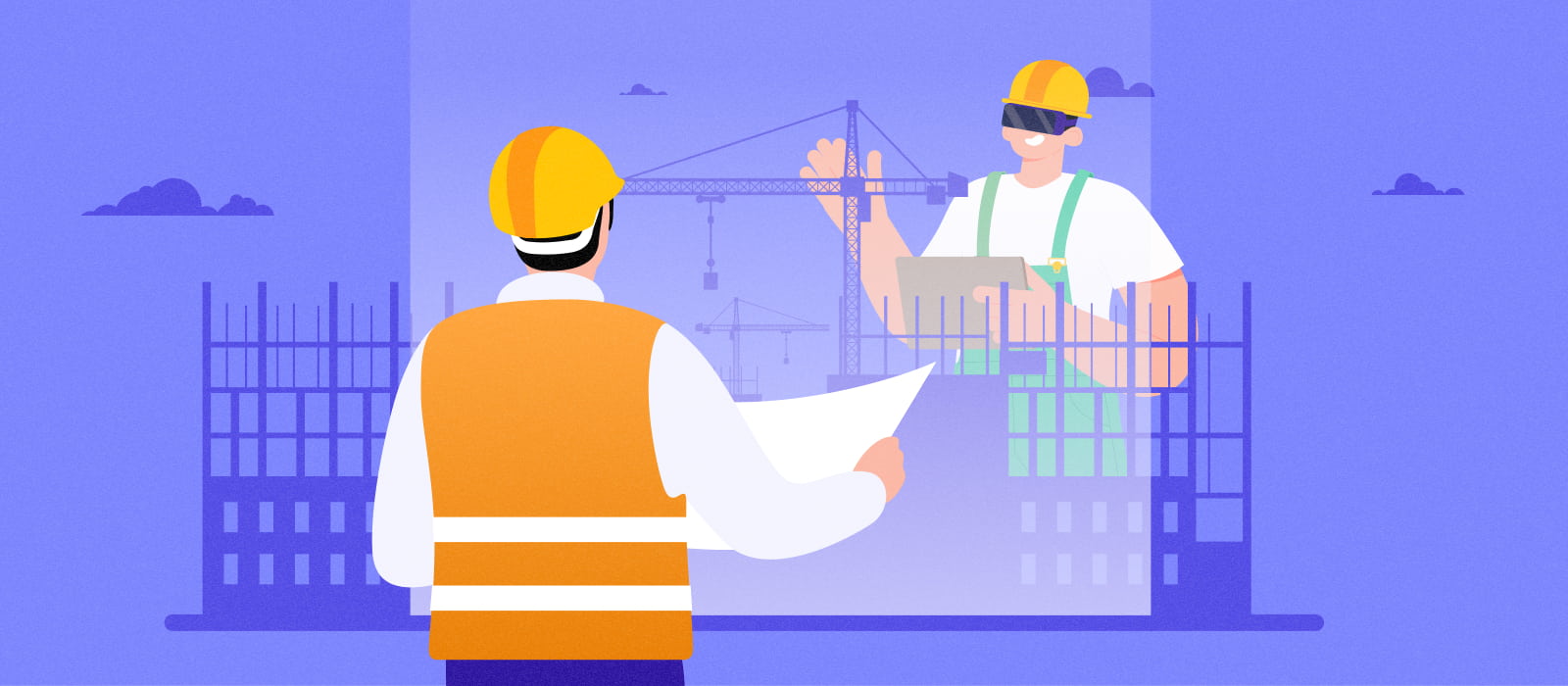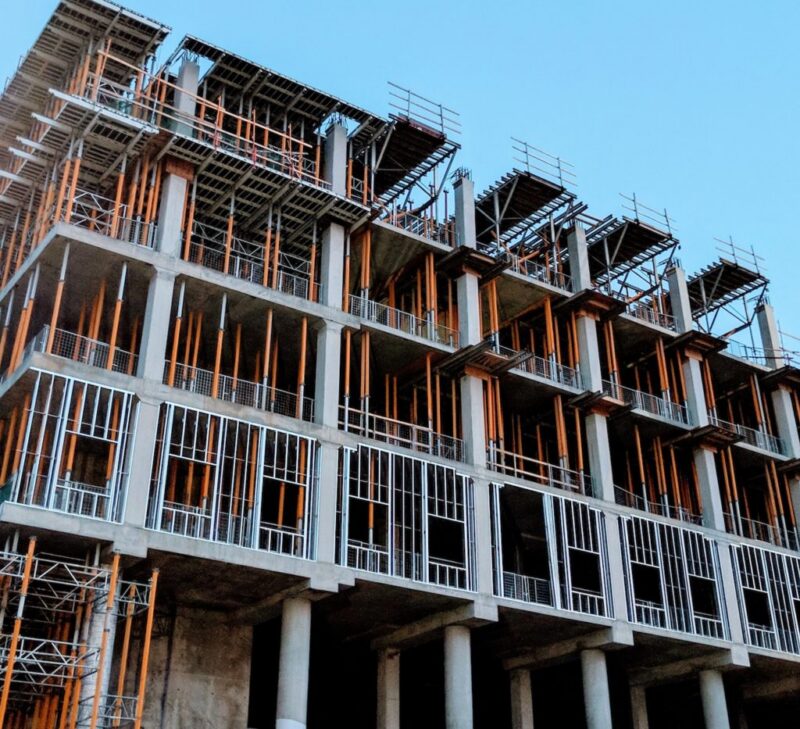As technology advances, virtual construction is becoming an increasingly popular way of connecting commercial construction and video games. From simulating real-world construction projects to enabling players to build their digital worlds, the combination of these two industries has created a new horizon for exploration. This article will explore the connection between commercial construction glossary and video games, examining how they are merging to create innovative virtual building experiences that bridge the gap between reality and fantasy.
It will also provide insight into what this means for the future of both industries, exploring how this union can lead to enhanced collaboration and creativity among designers, architects, engineers, and gamers alike. By looking at the rise of virtual construction from a variety of perspectives – including its implications on gaming culture as well as its potential impact on traditional engineering methods – we can gain a better understanding of just how powerful this trend could be in transforming our everyday lives.
The Intersection of Construction and Technology: Exploring the Benefits of Virtual Construction
The intersection between construction and technology has brought with it a myriad of benefits, particularly when it comes to virtual construction. Advances in technology have enabled the development of sophisticated video games which provide realistic simulations of commercial construction projects. This is enabling builders and architects to gain a better understanding of the complexities involved in real-world construction, as well as provides them with valuable insights into how their plans could be improved or adapted for different environments and situations.
The use of virtual reality (VR) headsets also offers opportunities for builders and architects to experience what the result might look like before beginning work on-site, allowing them to make changes quickly if needed. This can reduce costs associated with making mistakes during physical builds, improving efficiency across all stages of project delivery. Furthermore, VR tools allow designers an unprecedented level of creative freedom while ensuring they are still delivering structures that meet safety standards – something which would not necessarily be achievable without such technological advances.
Finally, developments in 3D printing mean that parts used in actual constructions can now be prototyped virtually first; this allows users to experiment more by creating complex shapes and patterns before committing time and resources towards building them physically. Ultimately these advancements are helping create safer working conditions for those operating within the industry while also reducing waste from faulty or inefficient designs – both beneficial outcomes for businesses who require effective yet sustainable solutions to remain competitive within today’s marketplace!
Reimagining the Possibilities: How Video Games are Revolutionizing Commercial Construction

The power of modern video games is undeniable. For years, the gaming industry has been pushing the boundaries of what can be achieved with virtual technology and graphics. Now, this same technology is revolutionizing commercial construction. Through the use of virtual construction glossaries and simulations, developers can create projects that would have seemed impossible just a few years ago. From interior design to structural engineering, video game-based simulations allow for an unprecedented level of customization in commercial construction processes.
Architects and engineers can now collaborate on building plans without leaving their office or home using digital tools like SketchUp or Autodesk Revit software programs; they can also make real-time adjustments while avoiding costly mistakes through 3D models that accurately reflect current conditions onsite – all thanks to powerful gaming engines being utilized in these applications. What’s more remarkable is how quickly these changes are taking place: developers no longer need weeks to figure out solutions; instead, they can come up with creative solutions within minutes!
This speed allows companies to bring new projects online faster than ever before – a major benefit when it comes time for investors and customers alike looking for quick returns on their investments. In short, video games are transforming the way we think about commercial construction by allowing us to explore possibilities beyond our imagination and realize them much quicker than before – proving once again why gamers should always be taken seriously!
A New Frontier in Building: Exploring the Link between Commercial Construction Glossary and Video Games
As an innovative form of construction, the virtual building has been gaining traction in recent years. By combining the principles of commercial construction glossary with today’s popular video games, a new way to design and construct buildings is emerging. With this combination of skills, architects are now able to create realistic 3D models that accurately reflect their plans before they even break ground on a physical project. The concept behind the virtual building is simple: use the power of gaming technology to simulate real-world scenarios and environments.
This allows architects to explore ideas without having to commit any resources or time to make them a reality. That being said, there are still some challenges associated with this system as well as opportunities for further exploration between commercial construction glossary and video games. For one thing, it can be difficult for gamers unfamiliar with construction terminology to understand how certain things should look or function when creating a virtual environment from scratch; however, by leveraging existing tools like those found in commercial construction glossaries – such as CAD files – designers can quickly become familiarized with all the necessary terms and concepts needed for successful virtual builds.
In addition, video game developers have already started experimenting with incorporating elements from real-world architecture into their titles too; blurring the lines between fantasy and reality even further! Finally, both parties can benefit from greater collaboration between them – pooling resources together so that both fields learn more about each other’s processes while also allowing them access to each other’s capabilities faster than ever before. In conclusion, exploring the link between commercial construction glossaries and video games opens up many exciting possibilities for architectural innovation moving forward – providing us all with an entirely new frontier in the building!
From Paper to Digital: Examining the Impact of Virtual-Based Projects on Traditional Construction Practices

With the rise of virtual construction, traditional building practices have been challenged by projects that are based on digital spaces. This article examines the connection between commercial construction glossary and video games to explore how this shift is impacting existing methods of building structures. By taking a closer look at the implications of this transition, it becomes clear that there are both positive and negative effects on traditional approaches to constructing physical projects.
On one hand, virtual-based initiatives allow for more efficient project planning and coordination due to their digital nature – as well as more cost-effective solutions since many aspects can be automated or achieved through simulation software. For example, 3D modeling tools such as BIM (Building Information Modeling) offer designers an opportunity to visualize designs before they start working on them physically – reducing costs associated with missteps during the production stage significantly. However, some argue that these advances come with certain risks too: introducing new technology into established processes requires significant investment in training personnel for its use; a lack of awareness about potential safety hazards caused by virtual reality simulations; and even fear of workers who may think that their job will be replaced by robots or artificial intelligence systems.
Additionally, while digital project management could make collaboration easier among stakeholders involved in the design process, it often increases workloads for manual laborers who need to adapt quickly when different changes occur throughout the development process. Overall then, it seems clear that the transition from paper-based plans to those based in digital realms is having an impact on traditional construction practices – though whether this effect is ultimately beneficial remains open for debate amongst experts within the industry today.


